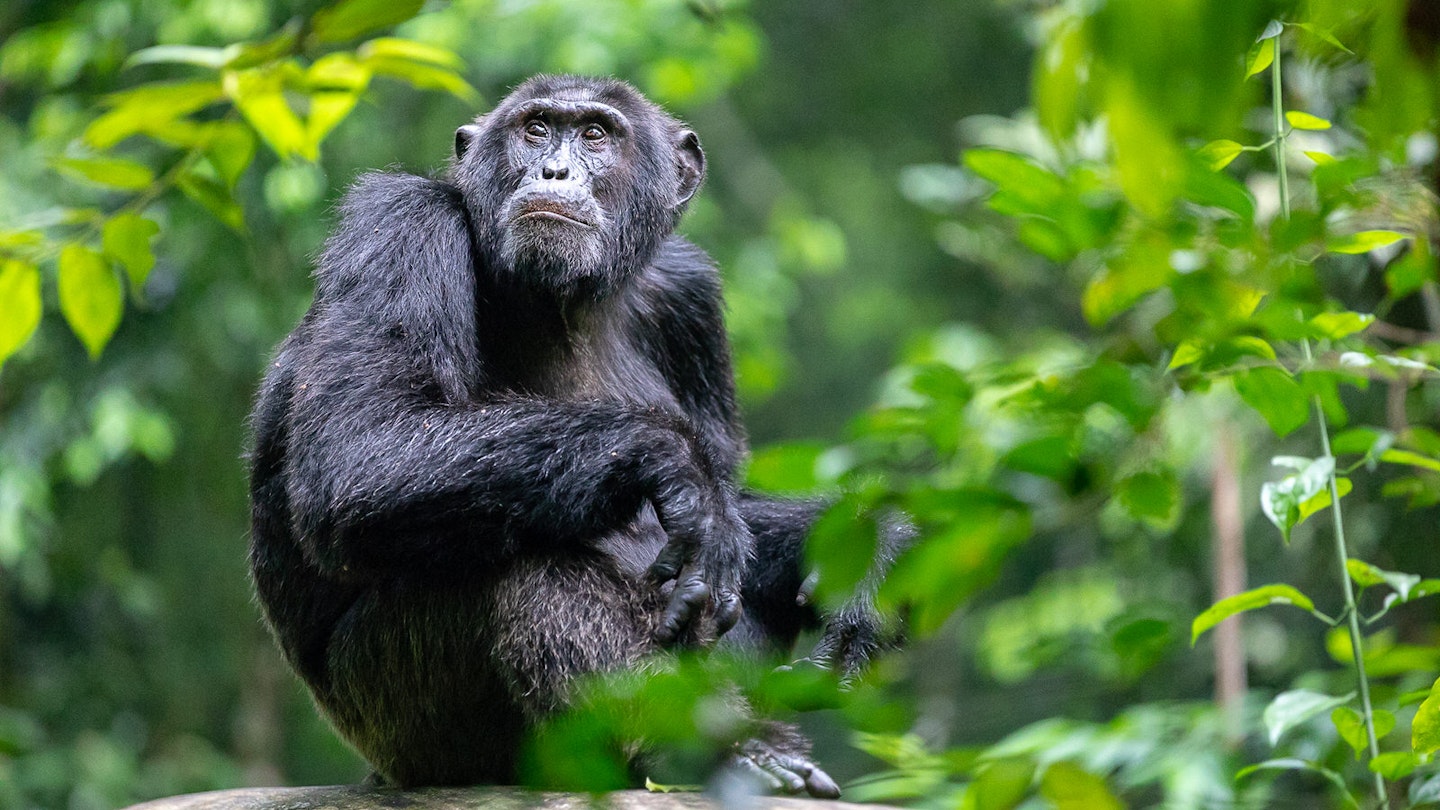Discover the Thrill of Chimpanzee Tracking in Uganda
Chimpanzees may not receive as much attention in travel media as endangered mountain gorillas, yet tracking these fascinating creatures through the African jungle is one of the world’s most exciting wildlife encounters—and at a fraction of the cost of visiting their larger cousins.
With around 300,000 chimpanzees remaining in Africa’s equatorial forests, observing them in their natural habitat is an extraordinary experience. One of the premier locations to do so is Kibale Forest National Park in Uganda, where five habituated groups are easily accessible for visitors.
Africa’s Chimpanzees
Chimpanzees live in communities of up to 150 members, divided into smaller subgroups led by an alpha male. They typically spend their days high in the treetops, grooming, sleeping, and feeding on fruit, leaves, and bark. However, the best opportunities to observe them arise when they descend from the canopy.
Today, it is widely known that chimpanzees are our closest genetic relatives, sharing approximately 98% of our DNA. This insight was first brought to light by the renowned primatologist Dr. Jane Goodall in the 1960s. She spent time with a community of chimps in Tanzania’s Gombe National Park, revealing that chimpanzees can kill and consume small mammals and create and use tools—discoveries that were groundbreaking at the time.
Dr. Goodall’s research demonstrated a process called habituation, allowing her to gain the chimps’ trust over time. This essential process not only benefits scientists but also enables everyday visitors to come remarkably close to these incredible animals.
The Chimpanzees of Kibale Forest National Park
Kibale Forest, located in Uganda, is home to approximately 1,500 chimpanzees across 13 communities. Several groups have been successfully habituated for scientific study, including the Kanyanchu group, which is used for tracking activities.
The Kanyanchu group consists of over 120 individuals and is led by an alpha male named Totti, who assumed leadership in 2016 following a fierce two-year struggle. Morning and afternoon visits typically last 3-4 hours, allowing up to one hour with the chimps. The tracking permit costs US$150 per person, significantly lower compared to the US$750 and US$1,500 gorilla permits at Uganda’s Bwindi Impenetrable National Park and Rwanda’s Volcanoes National Park, respectively.
If an hour isn’t sufficient, Kibale also offers a habituation experience, allowing you to spend a full day (US$220) following one of two communities currently under habituation. Participants should be ready for brisk walking, as chimps can move quickly, but the rewards of a more intimate experience are well worth the effort.
What to Expect from Your Chimpanzee Experience
Most visitors choose the half-day tracking option, which provides ample time to locate the group and enjoy a thrilling hour in their presence. The adventure begins with a briefing about the chimpanzees and some important guidelines. The top priority is to maintain a safe distance—not only for your safety but also for theirs, as shared diseases can be harmful. Additionally, avoid mimicking their calls, which could unintentionally provoke a defensive response from the group. Participants are organized into smaller groups, each accompanied by an experienced guide for safety as you venture into the forest.
As you navigate through the thick undergrowth, ducking under low branches and watching for twisted roots, you’ll proceed in the direction where the chimpanzees were last observed. With a bit of luck, you will soon hear their distinctive high-pitched screeches—it’s an exhilarating sign that you are approaching the stars of the encounter.
Upon locating the family sub-groups, you might see them high in the trees enjoying figs, grooming, or playing. If fortune smiles upon you, some may come down to the ground, allowing for unforgettable interactions.
Face to Face with Chimpanzees
The initial close encounter with chimpanzees is an unparalleled thrill. Experiencing their intelligence firsthand—observing their poses, expressions, and social interactions—can be almost human-like. The direct gaze of a chimpanzee, with its bright eyes, may leave you pondering whether they are enjoying the interaction as much as you are.
While gorillas are often highlighted as Uganda’s key attraction, the opportunity to engage with a wild chimpanzee is equally, if not more, exhilarating. In fact, the experience may prove superior, given the easier terrain, less dense forest, and considerably lower costs, making it a compelling addition to your travel itinerary.
The Unsung Heroes of Kibale
As is true for any wildlife experience, the quality of chimpanzee tracking depends greatly on the guides you encounter. The Uganda Wildlife Authority rangers are considered among the best in the field. Wildlife tourism jobs in Uganda are highly coveted, as they allow individuals to immerse themselves in nature while protecting the rich ecosystems of the country. The rigorous selection process, which includes examinations and interviews, ensures that only the most knowledgeable and skilled candidates are chosen.
Take Africano, a 34-year-old guide, for instance. He grew up in Kibale Forest and, after facing challenging circumstances, redirected his passion for wildlife and tourism into a fulfilling career. Today, he plays a vital role in safeguarding the forest he holds dear while supporting his family.
In addition to Kibale, chimpanzees can also be spotted in Queen Elizabeth National Park and Murchison Falls National Park, along with various smaller reserves. Yet, Kibale’s significant population yields a high success rate—approximately 90%—for those eager to witness these magnificent creatures in their natural environment. This impressive probability is why Kibale has earned its reputation as Uganda’s premier chimpanzee tracking destination.





